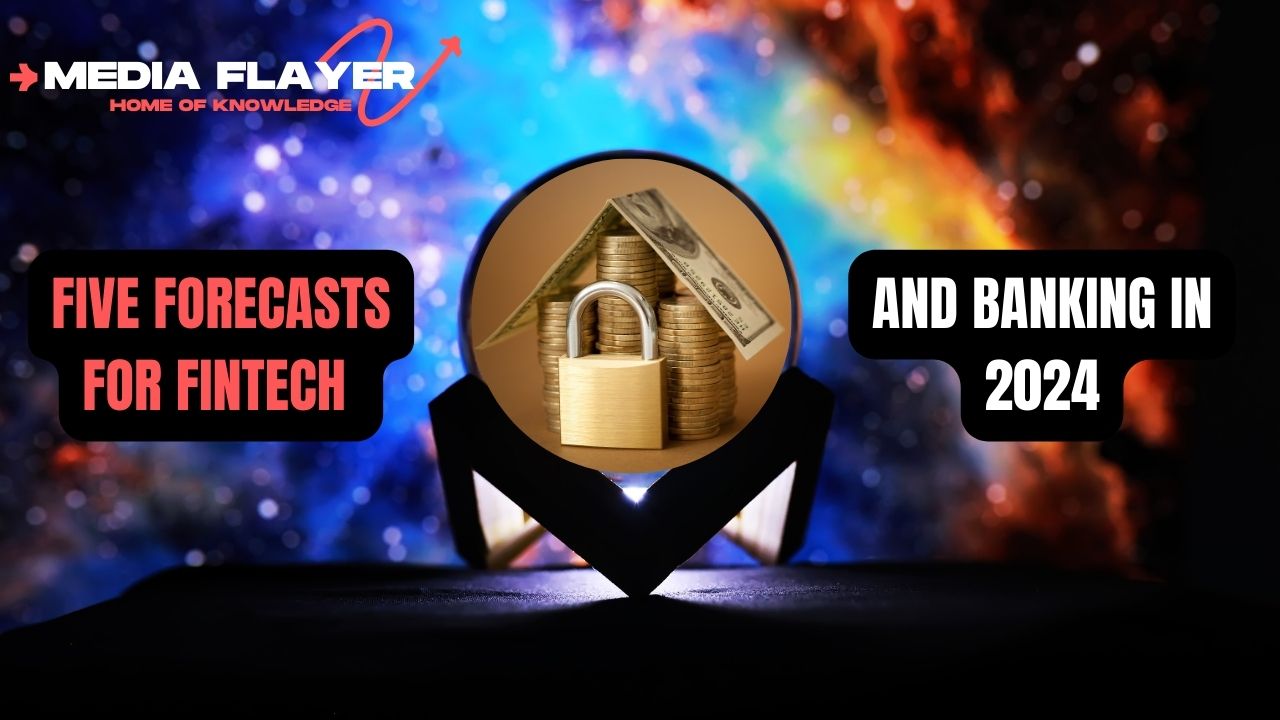Having actually grumbled in a current blog post on LinkedIn that a lot of the predictions I see are nonsense, you may believe I’m crazy for uploading my very own set of forecasts for 2024.
You’re most likely right.
That claimed, right here are my financial and fintech predictions for 2024:
1. A Big( Ger) Bank Will Get A Baas Financial Institution
A preview into Foundation Advisors’ upcoming What’s Going On in Banking (WGOIB) study shows that the percentage of banks seeking to enter into the banking as a service (BaaS) room is down from previous years. Big shock, eh? Regulative headwinds, iffy economic problems, and a more traditional strategy to tech innovation costs are incorporating to deter BaaS development.
The drop in passion in BaaS does not transform the fundamental underlying need for BaaS services, however. Fintechs have an increasing cravings for new items, much better technology combination, and thorough conformity.
That amounts to possibility for larger financial institutions (>$ 100 billion in assets) to get into the room more boldy.
Forecast: A $100+ billion financial institution will obtain a smaller sized BaaS-focused bank in 2024 to increase its entry into the BaaS market, and then reinforce that procurement by including a healthy and balanced dose of innovation, compliance, and organization growth resources to the BaaS financial institution.
2. Bank-offered Bnpl Will Expand Substantially
Speaking of the WGOIB report, in previous years I have actually asked financial institutions about their plans to provide acquire now, pay later (BNPL). The action has actually been tepid, at best. Customer passion and task in BNPL– with the risk, otherwise truth, of reduced interchange income– is coming to be way too much for banks to disregard in 2024.
As Nandan Sheth, chief executive officer of fintech Splitit, wrote:
” Banks have stagnated quickly to attend to the customer demand for pay later on options embedded within the merchant acquisition journey. Banks miss out on the crucial ‘in-checkout’ moment, delivering ground to fintechs with incorporated installment plans.”
Sheth believes that financial institutions have benefits in regards to scale, depend on, and available credit history. According to Sheth, “the key to accomplishment in the continuous competition for the future of BNPL depends on synergizing the strengths of banks to supply an unique set of differentiators with calculated collaborations.”
I agree.
And when I claim “bank-offered” BNPL will certainly grow significantly, it will certainly (and ought to) be cooperative credit union leading the way. Tech business that enable banks and credit unions to provide BNPL will have an excellent year in 2024.
Banks using BNPL, on the other hand, will struggle to see significant quantity. Why: Due to the fact that BNPL is a much a pre-payment component of the purchase procedure as it is a settlement choice.
Firms like Klarna (don’t call them a BNPL business) understand this, and deal devices and innovations to their seller partners to help them affect consumers’ selection or item and carrier– not just their payment system.
3. The “Employee Experience” Will Be An Area Of Emphasis
C’mon, you have actually reached be at least half as worn out hearing regarding the “consumer experience” as I am. For more than 15 years currently, self-proclaimed “consumer experienceists” (or whatever they call themselves) have actually insisted how essential CX is, exactly how it’s the essential to distinction, blah, blah, blah.
It’s time for a modification of focus. With a restored focus on effectiveness– combined with sure-to-come discharges in the banking industry– wise lenders (and technology firms) will certainly realize that the “employee experience” is the brand-new means to recognize efficiency gains and buoy worker contentment.
One enabler of the brand-new and improved staff member experience: the continued deployment of chatbots that are typically more reliable at assisting workers get their job done than they are assisting customers get their inquiries responded to.
4. Real-time Payment Quantity Will Not Materialize In 2024
Without a doubt, the number of financial institutions signing up with FedNow will continue to expand, and the percent growth of real-time settlement (RTP) quantity will be high– because it’s easy to create a high development price on small quantity. As a portion of all payments, however, RTP won’t make a dent.
2 Things Will Hold Back Rtp Quantity In 2024:
1.Receive-only controls. A lot of the financial institutions that have actually registered for RTP via FedNow remain in receive-only mode. As a pal joked on LinkedIn just recently, “everyone has a mail box but nobody is sending out mail.”
2. Absence of a RTP “option.” Tony Hayes, owner of the Banking & Repayments Team, recently explained that” if valued properly, real-time repayments can enhance forward-thinking financial institutions’ revenue.” “If priced properly” is a large if, however. Prices– particularly for fee-based services– is barely a strength for numerous banks.
At a current settlements meeting, a variety of lenders described FedNow as a “remedy.” This is a mistaken belief. Better to consider FedNow as a “capability.”.
You do not price and offer abilities. You package abilities into an option a “product” or “service offering” after that identify what prices alternatives are most attractive to your target audience and market the solution to them.
It will certainly spend some time and initiative for financial institutions to obtain this right.
By the end of 2025, nonetheless, commercial RTP payments will begin to grow even more significantly, as clever banks understand that’s where the opportunity (i.e., cash) is.
5. Generative Ai Usage Will Be Under- And Over-stated
No listing of forecasts for 2024 would certainly be complete without some mention of expert system (AI), right?
With the exception of a handful of bigger banks with advancement teams concentrated on using Gen AI tools, many mid-sized and small banks and credit unions will not do a lot with Generative AI in 2024.
More precisely: They will not know that they’re doing something with it.
What I mean by that last comment is that, when you ask elderly financial institution officers what their institution is doing with Generative AI, several say “nothing today” or “we’re exploring chances” (yep, right).
They state that because they have no hint that advertising and marketing is using Gen AI tools to create marketing copy or that lawful is utilizing it to construct and examine agreements. You recognize that really eloquent article the 22 year-old intern composed? ChatGPT.
On the flip side of the formula, there will certainly be (and are) bankers who think they’re institution is experimenting with Generative AI when what they’re truly using is conversational AI and machine learning.
Incentive forecast: Complication surrounding the various types of AI innovations will not clean up in 2024.
Are You Ready For A “Down In The Dumps” Year?
I really did not laid out to create a drag of a post. Looking back at the forecasts, however, they all indicate the battles and imperfections of BaaS, RTP, BNPL, and Generative AI in 2024.
Include in that financial institutions’ deposit gathering obstacles, increasing scams and cybersecurity violations, staffing obstacles … and it’s hard to conclude that it’s mosting likely to be anything yet a challenging year for the banking sector.
Ironically, this may add up to a good year for fintechs, especially those that sell to (and support) financial institutions. According to Keystone’s honest WGOIB study, two-thirds of financial institutions anticipate their IT investing to increase in 2024, with just 9% anticipating a decline. That money needs to go someplace.



